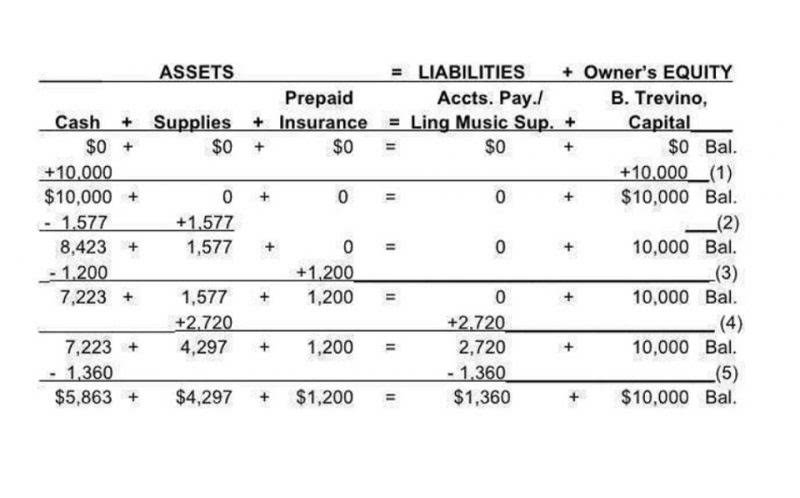
NRV for accounts receivable is calculated as the full receivable balance less an allowance for doubtful accounts, which is the dollar amount of invoices that the company estimates to be bad debt. Now that we have our available inventory as of year-end, we need to compare its cost to the estimated selling price. As we usually perform such analysis later in the next year, let’s assume we are now at the end of Q1 of 2021. This means that instead of estimating sales prices and looking into pricing lists (which many companies don’t have), we can take as reference the actual sales in the period between 31 December 2020 and 31 March 2021. The Net Realizable Value (NRV) is the amount we can realize from an asset, less the disposal costs.
Step two: Deduct expected disposal costs.
Now, let’s use the same example but calculate it using the percentage of sales method. Historically, it’s experienced an average of 2% of credit sales as uncollectible. Let’s say that Illumination Company, a business that sells light fixtures, has a gross A/R of $500,000 at the end of the year.

How does the Allowance for Doubtful Accounts get estimated?
You can calculate the cash realizable value of your accounts receivable to estimate how much money you will collect. IAS 2 provides guidance for determining the cost of inventories and the subsequent recognition of the cost as an expense, including any write-down to net realisable value. It also provides guidance on the cost formulas that are used to assign costs to inventories. Net realisable value is the estimated selling price in the ordinary course of business less the estimated costs of completion and the estimated costs necessary to make the sale. To get your A/R NRV, calculate the gross A/R and then subtract the Allowance for Doubtful Accounts (ADA) The ADA is a contra-asset account that reduces the value of A/R to its net realizable value..
Using the Standards
To calculate the NRV of receivables, subtract the estimated allowance for doubtful accounts from the gross accounts receivable. For example, if gross receivables are $100,000 and doubtful accounts are $10,000, the NRV of receivables is $90,000. NRV for accounts receivable is a reference to the net amount of accounts receivable that will be collected. This is the gross amount of accounts receivable less any allowance for doubtful accounts reducing the total amount of A/R by the amount the company does not expect to receive. NRV for accounts receivable is a conservative method of reducing A/R to only the proceeds the company thinks they will get. When inventory is measured as the lower of cost or net realizable value, it is embracing the accounting principle of conservatism.

It records inventory at the lower value between the initial cost price or the net realizable value (the amount from selling the inventory minus all relevant costs). GAAP requires that certified public accountants (CPAs) apply the principle of conservatism to their accounting work. Many business transactions allow for judgment or discretion when choosing an accounting method.
- Other times NRV is used by accountants to make sure an asset’s value isn’t overstated on the balance sheet.
- However, under International Financial Reporting Standards (IFRS), an entity can reverse a write-down of inventories if the circumstances that caused the write-down no longer exist.
- You can calculate the cash realizable value of your accounts receivable to estimate how much money you will collect.
- NRV is also used to account for costs when two products are produced together in a joint costing system until the products reach a split-off point.
- Hence with conservative method NRV of Account Receivable for IBM is $9 Bn.
It enhances accuracy in financial statements by reflecting a realistic current value and prevents overstatement of assets on the balance sheet, aiding early detection of inventory losses. Suppose the cost to produce a product is £100 and the selling price in the market is £120. However, there’s a cost of £30 involved to complete and sell the product. Despite the cost being £100, as per the LCNRV rule, the company should record the inventory at £90, as £90 is the lowest between the cost and NRV.

Why is Accounts Receivable Net Realizable Value important?

It uses information from its A/R Aging Report to use the aging of receivables method to estimate its allowance for doubtful accounts. Calculating the NRV of inventory and accounts receivable regularly prevents overstatement of assets in the Balance Sheet and helps us conform with the conservatism principle. NRV helps business owners and accountants understand the true value of an asset.
- This analysis is part of almost any audit, as inventory and accounts receivable overstatement is a more significant risk.
- NRV is the valuation method which is adopted by the firms to ensure they price the assets properly.
- It enhances accuracy in financial statements by reflecting a realistic current value and prevents overstatement of assets on the balance sheet, aiding early detection of inventory losses.
- US GAAP refers to a different term, stipulating we have to show assets at the lower of cost and market value.
- In the context of inventory, NRV represents the expected selling price in a regular business transaction, less the estimated costs of delivery, completion, and disposal.

In the intriguing world of Business Studies, you’ll often encounter the principle ‘Lower of Cost or net realizable value‘. This concept plays a pivotal role in inventory management and financial reporting. This insightful breakdown will equip you with an understanding of this critical financial principle. From its definition and importance, application methods, calculation steps and practical examples, this comprehensive guide is your one-stop resource.
Net realizable value affects the cost of goods sold (COGS) by determining the lower value between the cost and NRV for inventory. If NRV is lower than the cost, the inventory is written down to NRV, increasing COGS and reducing gross profit. In the context of accounts receivable it is the amount of accounts receivable that is expected to be collected. This should be the debit balance in Accounts Receivable minus the credit balance in Allowance for Doubtful Accounts. Out of these 20,000 units, an estimated 3% is damaged, and the cost of repair is $10 per unit.